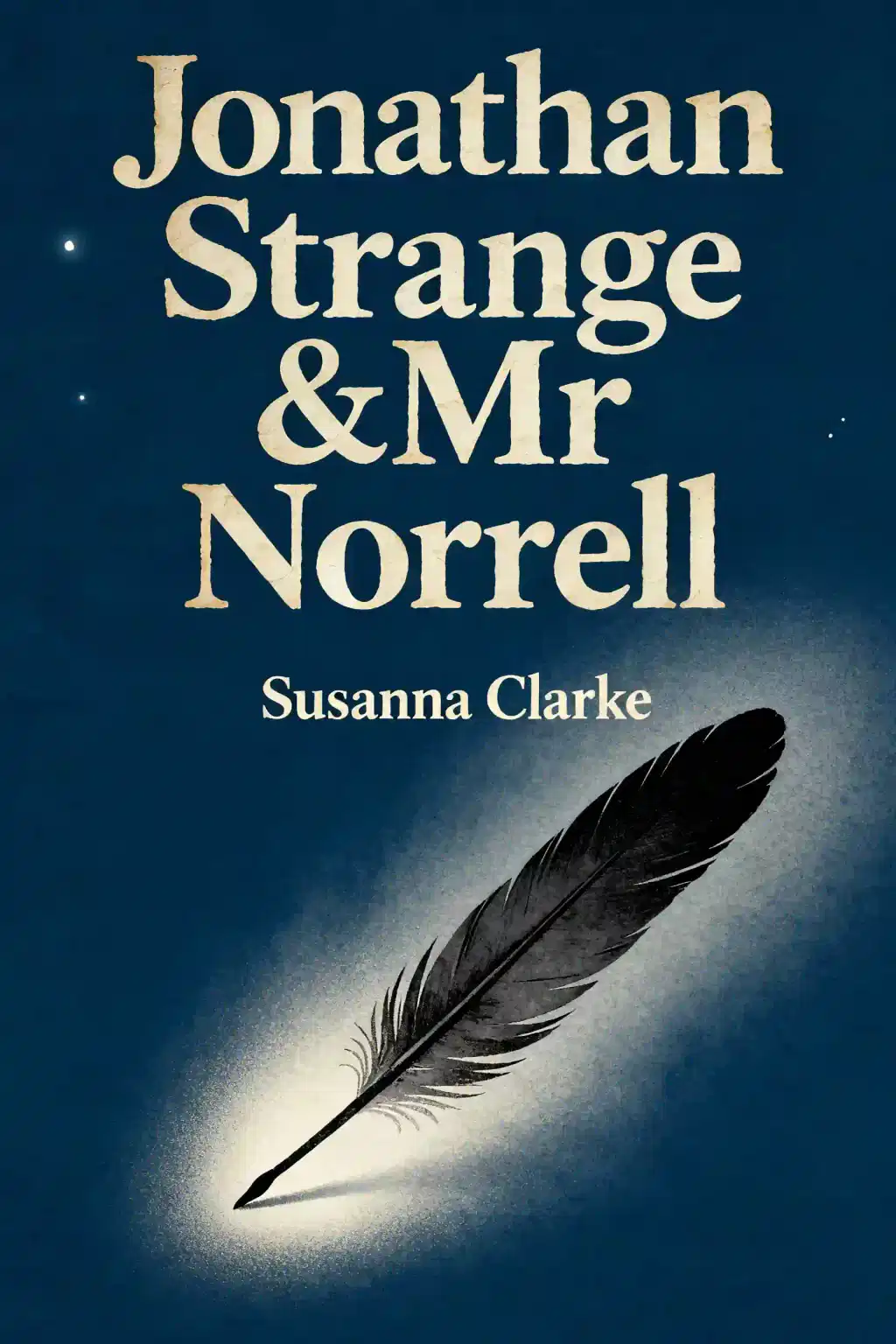What is
A Farewell to Arms about?
A Farewell to Arms follows Lieutenant Frederic Henry, an American ambulance driver in World War I, as he navigates the brutalities of war and a passionate romance with English nurse Catherine Barkley. Their relationship deepens after Henry is wounded, but tragedy strikes as Catherine dies in childbirth, leaving Henry shattered. The novel explores themes of love, loss, and the futility of war.
Who should read
A Farewell to Arms?
This novel appeals to readers interested in wartime narratives, modernist literature, and existential themes. Hemingway’s sparse prose and unflinching portrayal of human resilience make it ideal for students analyzing symbolism or fans of tragic love stories.
Is
A Farewell to Arms worth reading?
Yes. Hemingway’s iconic style and the novel’s exploration of love, mortality, and disillusionment cement its status as a literary classic. Shortlisted for the Pulitzer Prize, it remains a pivotal work for understanding 20th-century literature.
What does the rain symbolize in
A Farewell to Arms?
Rain symbolizes death and impending tragedy. It appears during key moments of loss, such as the cholera outbreak killing 7,000 soldiers and Catherine’s fatal childbirth. The relentless rain underscores the inevitability of suffering.
What is the meaning of the title
A Farewell to Arms?
The title has a dual meaning: Henry’s desertion of the military (“arms” as weapons) and his loss of Catherine’s embrace (“arms” as love). This duality reflects the novel’s intertwined themes of war and romance.
Why is the ending of
A Farewell to Arms considered tragic?
Catherine dies after a stillbirth, leaving Henry alone in a world he views as indifferent. The bleak conclusion emphasizes Hemingway’s theme of existential futility, with Henry’s final walk into the rain symbolizing unresolved grief.
How does Hemingway explore love versus war in the novel?
The romance between Henry and Catherine contrasts with the chaos of war, offering temporary refuge. Their love grows in wartime hospitals and secluded retreats, but both ultimately succumb to forces beyond their control, highlighting war’s destructive power.
What do the mountains and plains symbolize in
A Farewell to Arms?
Mountains represent safety, peace, and intimacy, while plains symbolize danger, instability, and war. This dichotomy reflects Henry’s desire to escape conflict versus the inescapable reality of suffering.
How does Hemingway’s writing style enhance the novel?
Hemingway’s minimalist prose, using short sentences and subdued emotion, mirrors the characters’ stoicism amid trauma. This style amplifies the novel’s existential tone, emphasizing action over introspection.
What is the significance of the quote, “The world breaks everyone”?
This line encapsulates Hemingway’s existential view: life inevitably inflicts pain, but resilience defines humanity. It reflects Henry’s acceptance of loss and the novel’s focus on endurance amid futility.
How does
A Farewell to Arms critique war?
The novel portrays war as chaotic and dehumanizing, exemplified by Henry’s desertion and the executions of officers during retreats. Hemingway highlights the absurdity of patriotism and the psychological toll on soldiers.
What makes
A Farewell to Arms a modernist masterpiece?
Its fragmented narrative, existential themes, and focus on individual alienation align with modernist principles. Hemingway’s rejection of romanticized war narratives and emphasis on subjective experience revolutionized 20th-century literature.















